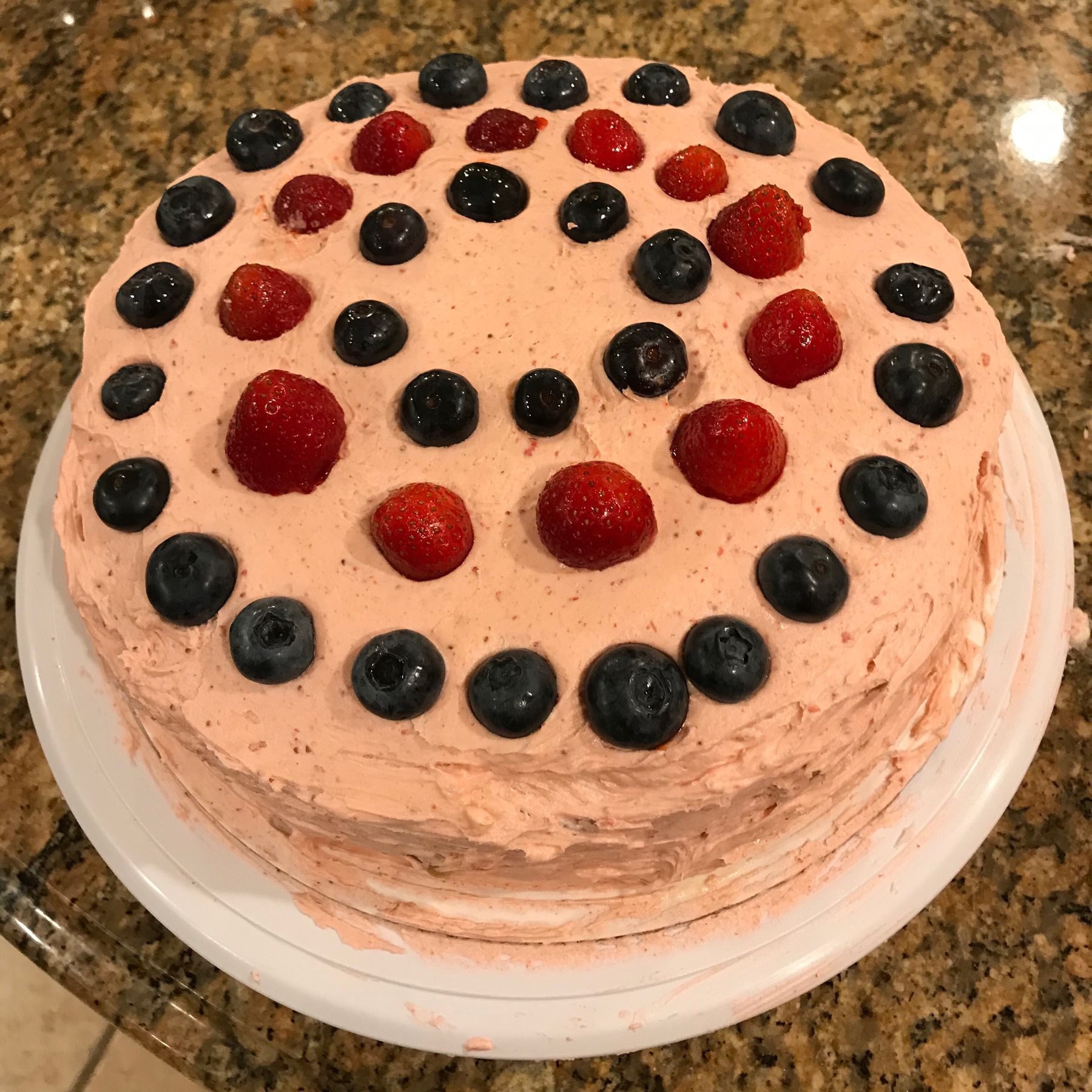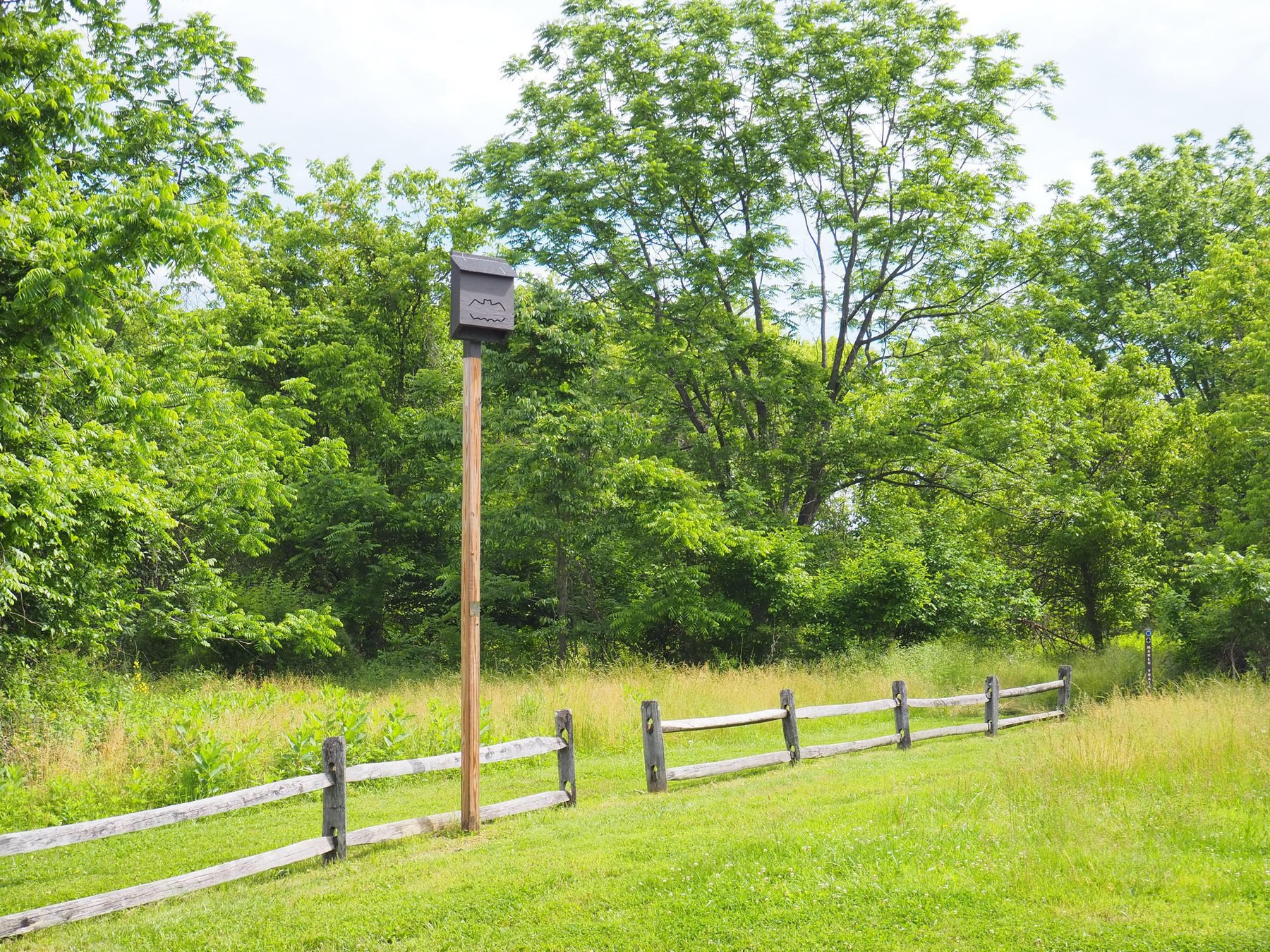Like a true nerd, I am drafting a technical document for work using five Markdown tabs in a Sublime Text window, rather than in a huge Word document. Word will get used in the end, though, when I integrate all the Markdown sections together.
I think another Amazon Prime Day will pass me by without enticing me to purchase anything.
I’m proud of myself for teaching myself so much of Microsoft Powershell this week. I really get it now. Unfortunately, since I’m not a Windows administrator, my list of uses for it are short. At least I can write elegant scripts now, though.
I don’t know what’s better: (1) having an email address that is not tied to Gmail, or (2) deleting almost all of my incoming emails rather than archiving them forever. (Most of my emails are notifications from companies.)
My summer project is to get into drinking fizzy water…which is not particularly ambitious. 😃
I added some “pages” to my Micro.blog
I fleshed out my hosted Micro.blog with a few new pages tonight:
- Elsewhere
- Photos (thanks, @cleverdevil, for the code)
- On This Day (thanks again, @cleverdevil, for the code)
Just fixing bugs on one of my iOS apps tonight while my work PC chugs away generating analytical reports from a program I’ve been working on for weeks now.
I just upgraded my Mac’s external display from a large but mostly awful 28"4K TN panel from Dell to the “BenQ PD2700U 27 inch 4K UHD IPS Monitor”. It is way, way better—almost as good as getting a new set of eyes.
I’m super happy that I did not install the iOS and iPadOS betas on any of my devices yet, based on the comments I have seen from other iOS developers. I don’t really have “test” devices lying around that I wouldn’t mind getting screwed up for a couple months, anyway.
Potential uses for a Raspberry Pi 4
Once I figure out how to fit them on my shelf, I will probably pick up at least one Raspberry Pi 4.
I use two older ones so far for:
- Pi-hole server (DNS/ad-blocking)
- Homebridge server (to control my Nest thermostat via Sirit & HomeKit)
I could use one or more newer, faster Pis for:
- A VPN server
- A self-hosted RSS back-end for Reeder (accessible via the VPN)
- A download server that connects to my NAS (I used to use a Raspberry Pi for this, but it was really, really slow)
I could, of course, replace all of these single-purpose servers with a single Intel box running virtual machines. I have not found such a thing at a good price, or that runs silently. My NAS box, currently running FreeNAS, is off limits right now when it comes to adding Internet-facing services. It is also too old and under-resourced to dedicate chunks of its RAM to virtual machines.
Raspberry Pi 4
I’m excited about the newly announced Raspberry Pi 4, especially about the news that it will have gigabit Ethernet that is not tied to is USB bus. I have several older generation ones (I skipped gen. 3) that are in use as little servers in my house. I wish, however, that the form factor was a little neater for cabling. I don’t like having power and Ethernet on different sides. (I probably need some kind of Raspberry Pi server rack, if such a thing exists.)
I set up a new email address at my own domain, and now I’m deleting almost every email from my Gmail account that wasn’t sent to me by my wife…as you do.
Facebook may have too many users for its cryptocurrency to fail — even if you don’t trust it
Facebook doesn’t have much consumer trust. But it does have a hell of a lot of consumers.
And that’s enough to make Libra, the new virtual coin that Facebook is announcing on Tuesday, the most consequential cryptocurrency effort undertaken in several years.
I have done a lot of research on cryptocurrencies for work, and keep coming back to my thoughts that they are a scam. Bitcoin works like a pyramid scheme, where the early adopters (the early miners) gain the lions share of wealth, once the value of the coin increases, due to the way that mining works. In the best case scenario of cryptocurrency use, some companies will do an end run around the current financial system intermediaries, and insert themselves as the new financial system intermediaries. Meanwhile, cryptocurrency holders/customers are trading worthless bits they can’t pay their taxes with.
🎵 I was happy to discover today that NPR has added curated playlists to Apple Music. It will be another, alternative source of new music recommendations for me.
SwiftUI for My Apps
SwiftUI is definitely the way forward for development on all Apple platforms, and I am excited about it. That said, it is only going to be supported on new OS releases going forward. My plan is to support the current version of iOS and macOS going forward for at least a year, which will make it challenging for me to switch my UI code to SwiftUI at that time. Next fall, however, when Apple’s OS cycle turns over again, would be a great time for me to finish up SwiftUI-based rewrites and push them to production. I have a lot of prep work I can do in the meantime.
My wife and I baked a cake for her mother’s birthday. It was really good!

🎵 Somehow I made it from Beats 1 to Robyn Hitchcock’s “Chronology”, which is a fun listen but very far afield from the hip-hop I started the day with.
🎵 It’s a Beats 1 morning for me. I don’t often listen to Beats 1, but today I had no idea what to listen to while I worked.
Thompson Park

Thompson Park

Marlu Lake

Turtles at Marlu Lake

Marlu Lake

One of the bat houses I saw today. For some reason, I thought they were really cool.

🎵 Texas 25 is a great pop (ahem, blue-eyed soul) album. The band reworked eight of their hits, and added four new songs, to celebrate their 25th anniversary.